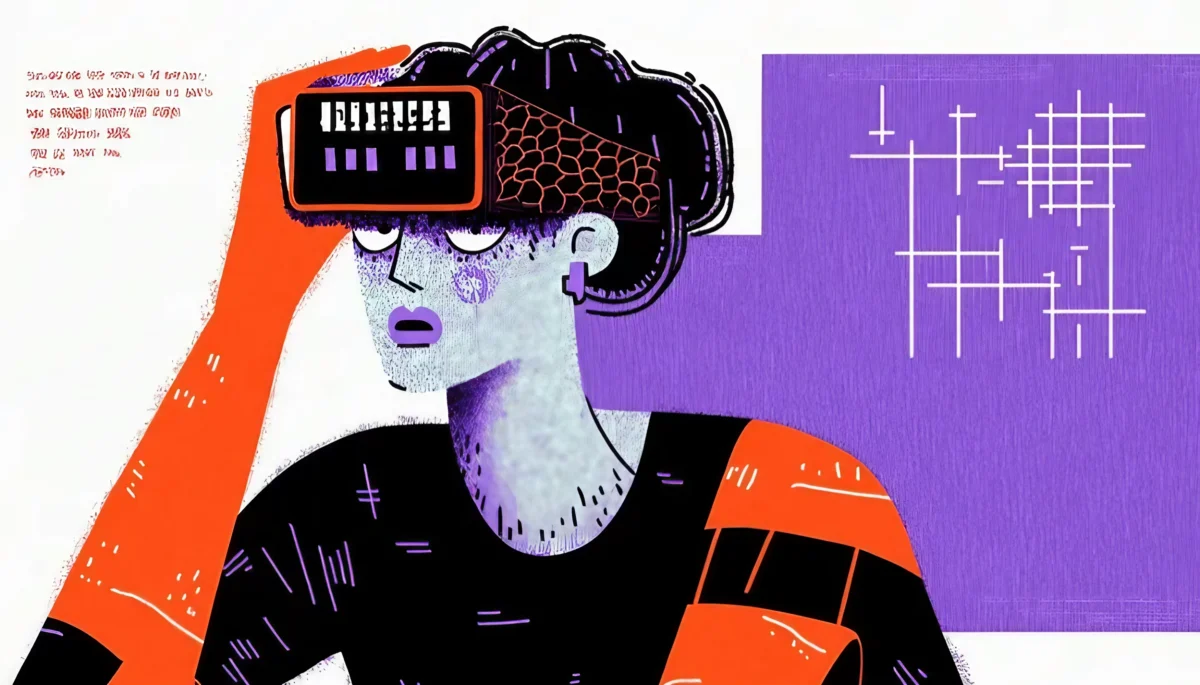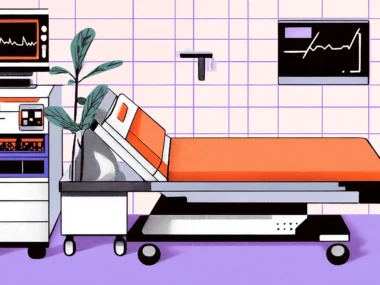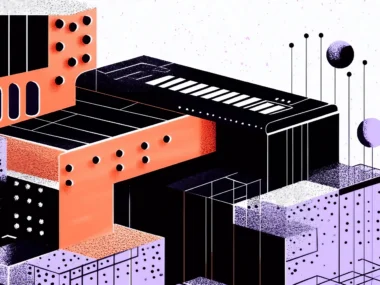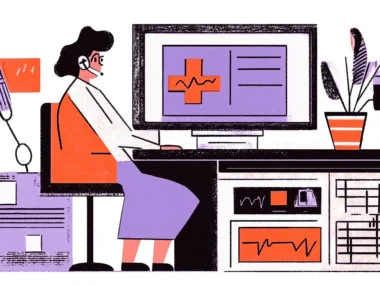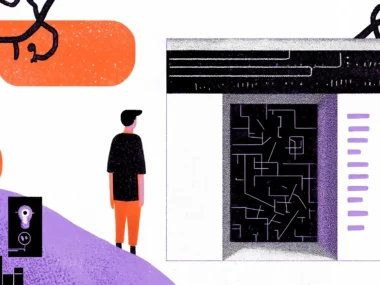In a world where technology seems to evolve overnight, user experience (UX) design stands as the bridge between complex systems and human needs. Imagine UX as the guide leading users through a digital landscape, making sure each step feels intuitive and enjoyable. But what happens when the digital landscape undergoes rapid changes? As we look toward the future of UX, we’re not just considering how design looks today but how it must adapt to emerging technologies, user expectations, and even ethical considerations that are yet to take root.
So, what trends should designers be watching? Let’s explore some of the most promising — and potentially transformative — directions for UX design in the coming years.
Artificial Intelligence: The UX Co-Pilot We Didn’t Know We Needed
Artificial intelligence has already made its way into our daily digital lives, but it’s poised to revolutionize UX design. Imagine a digital assistant that not only knows what you want before you even type it in but also adapts to your needs based on real-time data. AI doesn’t just enhance user experience; it personalizes it to an unprecedented level.
We’re talking about adaptive design that feels unique to each user. Think of AI as a co-pilot, analyzing user data to predict behavior and make instant adjustments, like a friend who always knows what you’re in the mood for. It’s not far-fetched to imagine a UX experience that evolves on the fly, learning from each interaction and constantly improving.
Augmented Reality (AR) and Virtual Reality (VR): Breaking the Screen Barrier
Let’s be honest—screens can feel limiting. AR and VR are here to break those boundaries, offering experiences that go beyond two-dimensional interaction. Picture a future where trying on clothes online means seeing a digital version of yourself dressed in that outfit or where studying architecture means touring a 3D model of a building without leaving your home. AR and VR bring a new depth to UX, turning flat interfaces into immersive worlds.
For UX designers, this shift means adapting from designing “for” screens to designing “through” screens into actual spaces. How do you make a user’s journey seamless in a 3D environment? This challenge, while daunting, opens doors to creativity that once seemed like the stuff of science fiction. And for users, the experience becomes not just interactive but fully immersive.
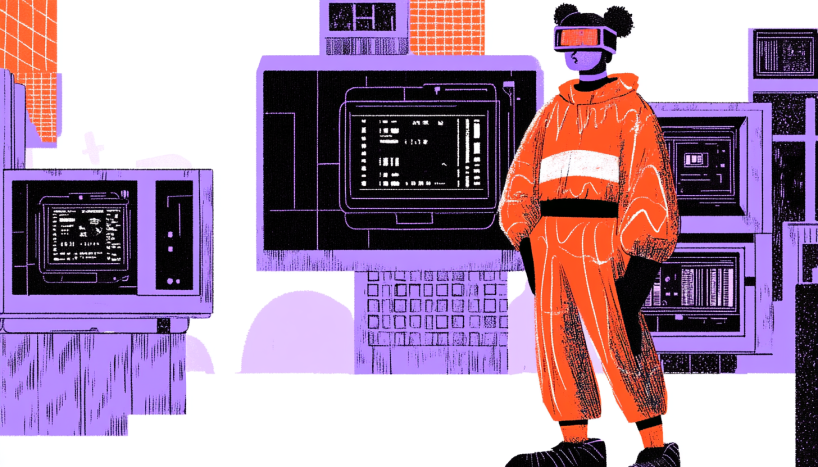
Voice Interfaces: Speaking into the Future of UX
If you’ve ever chatted with Siri or Alexa, you’ve had a taste of what voice technology can offer. But this is just the beginning. Voice interfaces, or voice user interfaces (VUIs), are becoming more sophisticated and natural, making it possible for us to interact with technology in a way that feels, well, human. No more typing or tapping—just say what you need, and it’s done.
The challenge for UX designers here is to make voice interfaces not only accurate but also intuitive. How do you design a conversation with a device? Unlike traditional visual design, voice UX requires understanding language, context, and even tone. As we move forward, the goal will be to make these interactions feel as natural as talking to a friend. Voice tech brings us closer to a future where technology doesn’t just respond to commands—it understands intentions.
Ethical Design: Creating Experiences with Integrity
Let’s pause for a moment. With all this amazing technology, there’s also a serious conversation happening in the UX community around ethics. How do we use these powerful tools responsibly? Designers are more aware than ever of the influence they wield, especially in areas like data privacy, inclusivity, and mental well-being. It’s a bit like having a superpower—you can use it to make people’s lives better, or you can exploit it.
Ethical design is about making choices that prioritize the user’s well-being. This includes transparent data practices, avoiding addictive design loops, and ensuring accessibility for all. As UX designers, we’re not just creating experiences; we’re shaping how people spend their time and attention. The future of UX is as much about making the right design choices as it is about innovation.
Micro-Interactions: The Small Details with Big Impact
Imagine you’re using an app, and you tap a button that gives a slight, satisfying bounce. It’s a small thing, but it makes the experience feel alive. These little details, known as micro-interactions, may seem trivial, yet they play a massive role in shaping how we feel about a product. It’s like the seasoning in a dish — it might be subtle, but it can make all the difference.
As technology advances, micro-interactions will become more personalized and intelligent. They’ll adjust based on user behavior and context, creating a sense of connection between user and interface. These tiny details could become the unsung heroes of UX, turning mundane tasks into moments of delight.
Design Systems: The Blueprint for Consistency in a Complex World
With products expanding across multiple platforms, maintaining consistency has become a challenge. Design systems offer a solution, serving as the blueprint for creating unified and cohesive user experiences across various touchpoints. But this isn’t just about visual consistency—it’s about ensuring that the brand’s values and user experience carry seamlessly across every interaction.
In the future, we’ll likely see design systems that are smarter and more dynamic, thanks to AI and machine learning. Imagine a design system that adapts based on user feedback or evolves in response to new accessibility guidelines. For UX designers, this means thinking not just about the look of individual elements but about the harmony of the entire ecosystem.
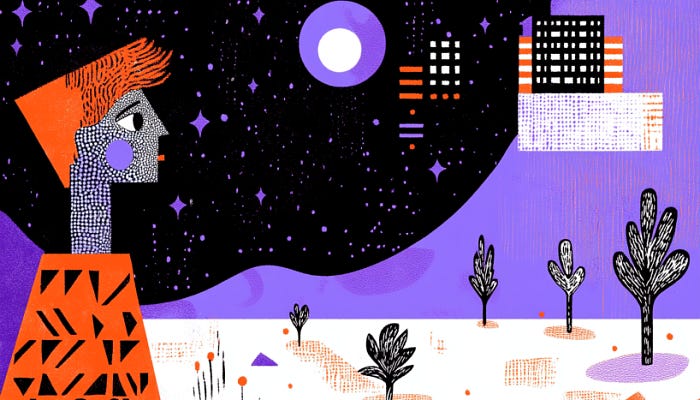
Inclusive Design: Designing for Every User
Inclusion is no longer optional; it’s essential. With diverse audiences come diverse needs, and UX designers are increasingly focusing on creating experiences that are accessible to everyone, regardless of ability or background. Inclusive design means thinking about users who may interact differently due to various factors, from disabilities to cultural differences.
The future of UX will likely involve tools that make it easier to design inclusively. Perhaps AI will help predict accessibility issues or suggest alternative solutions for different users. Whatever the tools, the goal is clear: creating products that everyone can use and enjoy.
The Bottom Line: Embracing Change in UX Design
The future of UX design is dynamic, demanding, and, above all, exciting. It’s a world where technology and humanity intersect in meaningful ways, creating experiences that are as powerful as they are personal. As UX designers, our challenge is not just to keep up but to stay one step ahead, anticipating user needs and leveraging new technologies to create experiences that truly resonate.
The UX landscape is shifting, but the guiding principle remains the same: design for the user. Whether through AI, voice interfaces, or ethical design, the future of UX is about enhancing human interaction and making the digital world more accessible, engaging, and humane. Let’s embrace these changes and look forward to what’s next.




